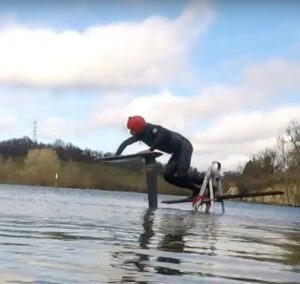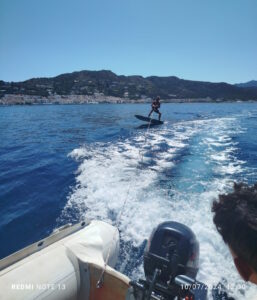In my first session I don’t think I made it to 8 jumps and 20 minutes because of frustration and fear of getting hit by the foil. The second one was a little more. But as I progressed the sessions became more enjoyable, lasting 30, 45 minutes and up to 3 hours in some sessions. Taking into account that you can do a jump every minute or minute and a half, I have been able to easily do about 100 jumps per session. You don’t have to keep up that pace, I am in good shape and I am quite stubborn, so keep up your pace.
Many times I have felt after 45 minutes or before that the session would be over soon, but when you do a bad jump you don’t want to leave with that bad taste in your mouth, and when you do a good one you want to repeat it and this makes your session last longer than you thought.
In theory, as you get tired, your jumps should get worse, you’ll be less focused and more likely to hit the foil badly, but at least in my case, the last few jumps were always the best of the day. I feel like the first hour is for warming up and remembering where I left off in the last session. The second hour is when I really make progress. So try it for yourself and decide.
Time between sessions
I did it on average one day a week. I think it’s important not to leave too much time between sessions (more than a month) if you want to make the most of the session. If you leave too much time, you’ll forget details, the exact position of your hands on the board, and it will take you a little longer to fix muscle memory. Yes, in winter you can also practice with a good surf wetsuit, the first jump is a pain, but if you do a good warm-up and move quickly in 5 jumps you’ll be warmed up. I recommend a neoprene suit with a thickness of 5/4 millimetres, they are a little more difficult to put on but the warmth they give is worth it. And also a neoprene helmet under the safety helmet as a lot of heat is lost through the head, in this case 1/2 millimetre thickness is enough.




